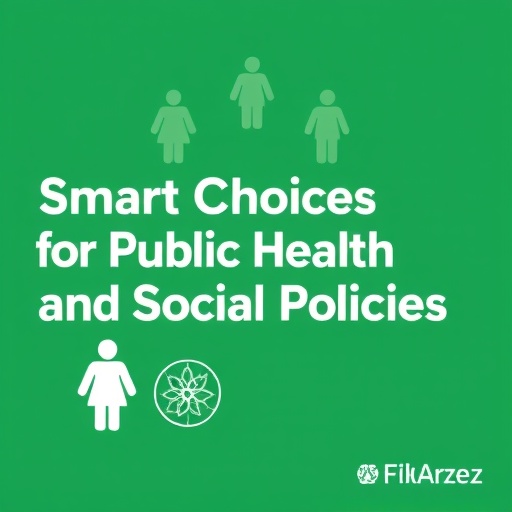Hypertension Journal Report
DALLAS, May 13, 2019 – Preliminary laboratory tests show that functionalized magnetic beads successfully reduced blood levels of a harmful molecule that is elevated during preeclampsia, according to new research in the American Heart Association’s journal Hypertension.
Preeclampsia is a complication of pregnancy characterized by hypertension and kidney dysfunction that affects an estimated 6% – 8% of women in the U.S. who give birth each year. Preeclampsia is responsible of severe complications for the mother (seizures, stroke, renal failure, liver dysfunction) and the infant (low birth weight, preterm delivery, stillbirth). The condition also increases a woman’s risk for cardiovascular disease later in life (stroke and high blood pressure). Currently, there’s no cure for preeclampsia, and only childbirth can alleviate symptoms.
Researchers focused on a molecule, called sFlt-1, which is released by the placenta into the woman’s bloodstream and rises to high levels during preeclampsia. High levels of sFlt-1 are responsible for blood vessel wall dysfunction, contributing to high blood pressure and for trapping two other important molecules that enhance blood vessel wall function called VEGF and PIGF.
Using blood from women with preeclampsia, researchers conducted laboratory tests to see if magnetic beads could essentially drag sFlt-1 out of circulation, therefore freeing up levels of VEGF and PIGF. They found that magnetic beads reduced sFlt-1 by 40% and freed up to two times more PIGF, reducing the sFlt-1/PlGF ratio by 63 percent.
“This was a proof of concept study and our approach aims to restore physiologic levels of angiogenic factors,” said lead study author Vassilis Tsatsaris, M.D., Ph.D., a professor of obstetrics and gynecology at Cochin Hospital in Paris. “The reduction of sFlt-1 and the release of angiogenic factors is very significant and promising.”
Angiogenic factors is any of a group of substances present in the circulation – most of which are polypeptides (i.e., angiogenin, fibroblast growth factor, transforming growth factors and some lipids) which help form blood vessels.
Based on the success of these early findings, Tsatsaris and his colleagues would like to expand their study and repeat these experiments to see if this approach can control preeclampsia and prolong pregnancy while reducing the risks of prematurity for the baby.
###
Co-authors are Laura Trapiella-Alfonso, Ph.D.; Lucile Alexandre, Ph.D.; Camille Fraichard, Ph.D.; Kelly Pons, M.Sc.; Simon Dumas, Ph.D.; Lucie Huart, M.Sc.; Jean-François Gaucherd, Ph.D.; Marylise Hebert-Schuster, Pharm.D.; Jean Guibourdenche, Pharm.D., Ph.D.; Thierry Fournier, Ph.D.; Michel Vidal, M.D, Ph.D.; Isabelle Broutin, Ph.D.; Laurence Lecomte-Racelt, P.M.; Laurent Malaquin, Ph.D.; Stéphanie Descroix, Ph.D.; Nathalie Gagey-Eilstein, Ph.D.; Edouard LeCarpentier, M.D., Ph.D. Author disclosures are on the manuscript.
French National Agency for Research funded the study.
Additional Resources:
Available multimedia located on the right column of the release link: https:/
Statements and conclusions of study authors published in American Heart Association scientific journals are solely those of the study authors and do not necessarily reflect the association’s policy or position. The association makes no representation or guarantee as to their accuracy or reliability. The association receives funding primarily from individuals; foundations and corporations (including pharmaceutical, device manufacturers and other companies) also make donations and fund specific association programs and events. The association has strict policies to prevent these relationships from influencing the science content. Revenues from pharmaceutical and device corporations and health insurance providers are available at https:/
About the American Heart Association
The American Heart Association is a leading force for a world of longer, healthier lives. With nearly a century of lifesaving work, the Dallas-based association is dedicated to ensuring equitable health for all. We are a trustworthy source empowering people to improve their heart health, brain health and well-being. We collaborate with numerous organizations and millions of volunteers to fund innovative research, advocate for stronger public health policies, and share lifesaving resources and information. Connect with us on heart.org, Facebook, Twitter or by calling 1-800-AHA-USA1.
Media Contact
Carrie Thacker
[email protected]
Related Journal Article
https:/
http://dx.




